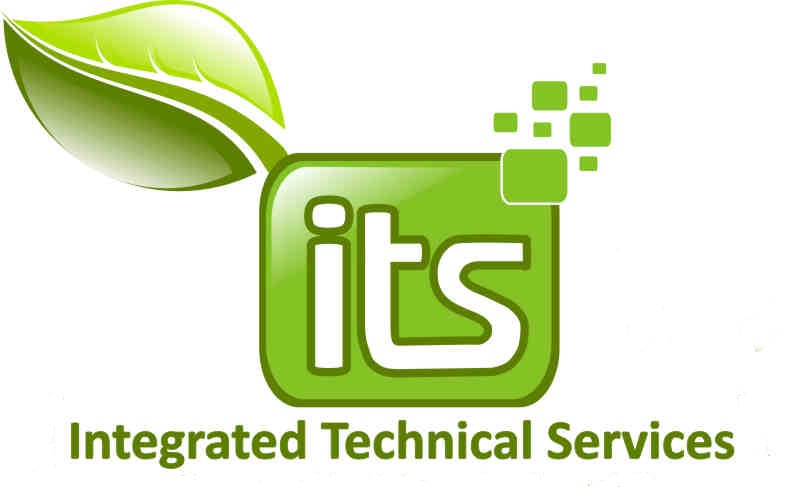Each 16-core Datacenter or Standard Edition license set is entitled to two instances with up to 8 cores or one instance with up to 16 cores. Datacenter Edition licenses allow concurrent use on-premises and in Azure (dual-use entitlements). Standard Edition licenses must be used on-premises or in Azure, although customers receive concurrent use rights for 180 days while migrating their servers. Windows Server 2019 Licensing Datasheet (PDF, 774 KB) www.mirazon.com/can-i-move-this-vm-vmotion-permissions-and-denials-in-microsoft-licensing/ www.mirazon.com/windows-server-2016-licensing-cores-versions-and-virtual-machines/ The licensing scheme for Windows Server 2019 is similar to that for Windows Server 2016. There are two types of licenses for Windows Server 2019: server licenses and CALs. Server licenses are core-based licenses. The number of server licenses required depends on the number of processors and processor cores. The number of CALs required depends on the number of users or devices connected to a server. A Windows Server 2019 Standard license with all licensed cores allows you to run one physical OSE and two virtual OSEs. In other words, you can install Windows Server 2019 Standard on one host and run two virtual machines running Windows Server 2019 Standard as a guest operating system. Azure Hybrid Benefit also allows customers to use any number of instances on an Azure Dedicated Host server (unlimited virtualization rights on Azure Dedicated Host) when customers assign Windows Server Datacenter licenses with SA for all physical cores on that Azure Dedicated Host server.
In this case, simultaneous use is only allowed during the 180-day migration period. Windows Server 2019 has retained the same general license structure as Server 2016, and we have a few blogs on this topic that are still fully relevant. I hope you are as excited as I am that Windows Server 2019 OEM licenses are now available from HPE to combine with the new HPE ProLiant Gen10 servers for a complete server solution. With this announcement, you may be curious about the different types of Windows Server OEM licensed products sold by HPE. According to the Pricing and Licensing for Windows Server 2019 page, the approximate cost for different license types is as follows (US$): Note: The virtual machines used in the samples are running Windows Server 2019 of the edition mentioned in the corresponding example. Hopefully, this will help fix some Windows Server 2019 licensing issues. To estimate the number and cost of Windows Server Core licenses required for different server deployment scenarios, try our Windows 2019 Licensing Calculator Core licenses are sold in packs of two (one pack of 2 Core licenses) and 16 packs (one pack of 16 Core licenses). Each processor must be licensed with at least eight cores (four 2-core licenses).
Each physical server, including single-processor servers, must be licensed with at least 16 primary licenses (eight 2-core licenses or one 16-core license). Additional cores can then be licensed in two-core increments (a 2-core license pack) to gradually increase core density growth. www.mirazon.com/windows-server-licensing-changes-in-2016-core-based-licenses/ CALs cannot be used to access third-party servers and only allow access to server software running on Customer`s licensed servers. The configuration is the same as in Example 2. Each server has 4 virtual machines, and these virtual machines must be able to be migrated between servers. Since we have two servers with an equal number of VMs on each server, the number of licenses for each server for VM migration needs to be doubled (4VM + 4VMs). Therefore, we need to purchase another 16 dual-core licenses for each server. Finally, each server has 32 dual-core licenses (or four 16-core licenses). HPE offers Windows Server OEM licenses in several ways: – Factory pre-installed configurations (“FIO” licenses) can be purchased from HPE online stores, channel partners and direct sales teams – Non-pre-installed factory OEM licenses (“FIO Napi” licenses or drop-in-box licenses) are available in HPE online stores and channel partners for customers opting for installs to do self. – Reseller Option Kit (ROK) licenses can be purchased from HPE Authorized Resellers from HPE Authorized Distributors. Resellers can then offer customers ROK licenses in combination with new HPE servers, giving their customers the value of an HPE OEM license + any additional services and/or products offered by the reseller. These are required for EVERY CLIENT accessing this server for anything, be it a website, DHCP server, AD authentication, file shares, etc.
DON`T FORGET THEM, they can add up to a few serious dollars. You can buy them for devices or users, the decision depends a lot on how you use these devices. Also, keep in mind that Remote Desktop Services is a separate CAL next to the Windows Server CAL. You need both if you are using Remote Desktop Services. Windows Server Standard and Datacenter editions still require Windows Server CALs for each user or device that accesses a server (see product terms for exceptions), or Windows Server External Connector licenses for servers accessed by external users. In addition to the base license for Windows Server CAL or External Connector, some features still require the purchase of an Additive Access license.
